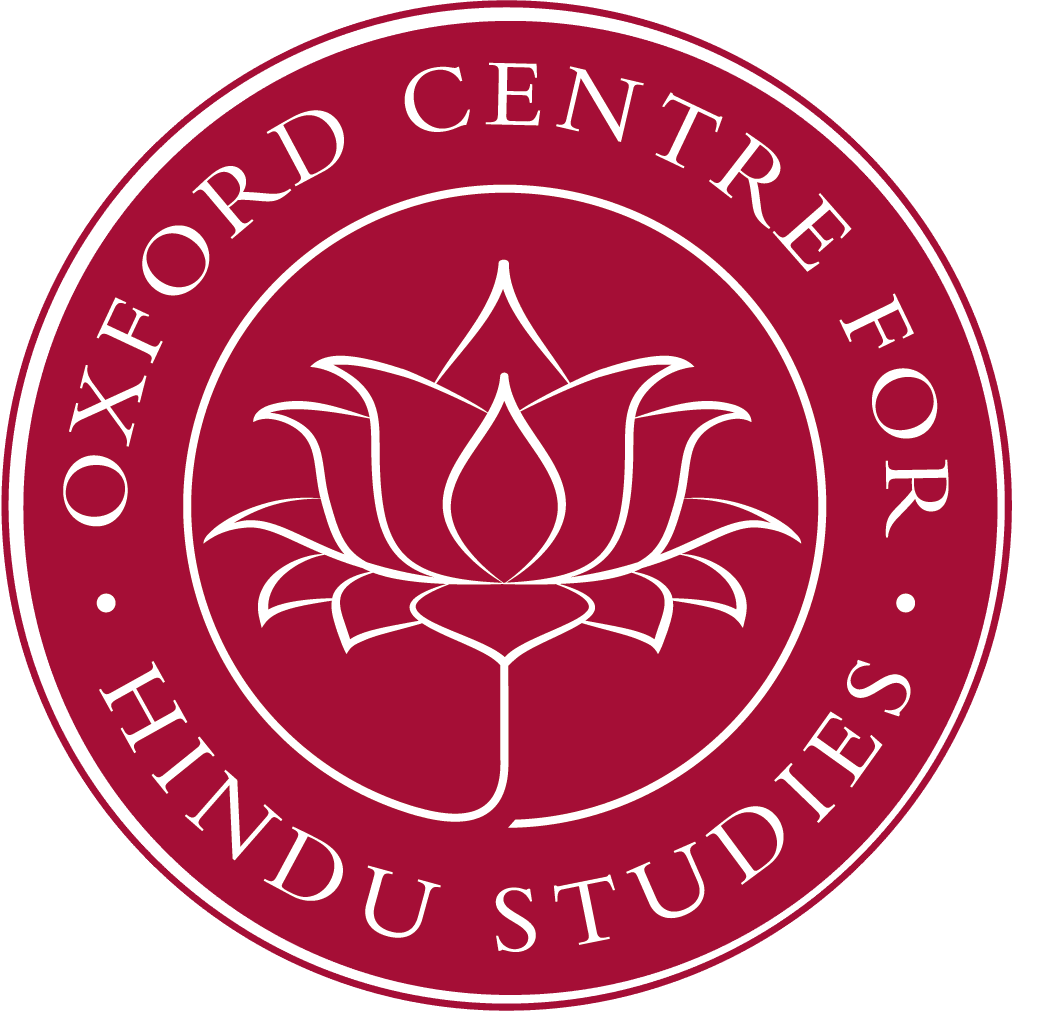Founder Professor and Head (Retired), Department of Vaishnavism, University of Madras, India. His specialist subjects include the Pre-Ramanuja Religion and Philosophy, Pancharatra Agama Literature, Telugu and Sanskrit Literature and popularisation of Sanskrit as a spoken tongue. He has published a number of articles and monographs in academic journals on topics such as the Samskrita Svapnah, Bhakti and Prapatti in Srivaishnava Philosophy and the Pancaratra-kantakoddhara. Important Publications include: The Contribution of Yaamuna to Visistadvaita [Pub; Jayalakshmi Publications, Hyderabad]; Critical Edition and Study of Yaamuna’s Aagamapraamaanya [Gaekwad’s Oriental Series, Baroda]; and an English translation of Sri Vedanta Desika’s Padukasahasram and all of his 32 Stotras. Prof. Narasimhachary received the Certificate of Honour for Proficiency in Sanskrit from the President of India for the year 2004.
Archives: Lectures
Krishna In Dance and Miniature Paintings (TT12)
The representation of Krishna in Indian dance is inspired by miniature paintings. What does the dancer see when she looks at a miniature painting.? How close is the connection between dance and painting?. This lecture demonstration includes video, images and dance to covney a rich mythic and artistic experience.
Hinduism II (Paper 21 Bhakti Vernaculars): Session Five
These lectures will take up where Hinduism 1 left off, examining in particular conceptions of liberation and paths leading to it in the post-classical, post-Gupta period. After an introductory lecture that raises some theological questions about the relation of path to goal and the importance of ritual and asceticism, we will begin with an examination of the Vedanta. We will trace the development of devotion (bhakti) in the Vaishnava traditions. Here we will also examine the importance of ritual texts and the relation between ritual, devotion and yoga. Lastly we will trace the themes of liberation and path with examples from selected tantric traditions within Vaishnavism and Shaivism. We will end with an examination of contemporary Hinduism at village level and in its interaction with modernity. These lectures are aimed at students of theology and religious studies.
Hinduism II (Paper 21 Bhakti Vernaculars): Session Six (HT12)
These lectures will take up where Hinduism 1 left off, examining in particular conceptions of liberation and paths leading to it in the post-classical, post-Gupta period. After an introductory lecture that raises some theological questions about the relation of path to goal and the importance of ritual and asceticism, we will begin with an examination of the Vedanta. We will trace the development of devotion (bhakti) in the Vaishnava traditions. Here we will also examine the importance of ritual texts and the relation between ritual, devotion and yoga. Lastly we will trace the themes of liberation and path with examples from selected tantric traditions within Vaishnavism and Shaivism. We will end with an examination of contemporary Hinduism at village level and in its interaction with modernity. These lectures are aimed at students of theology and religious studies.
God, Being and Beyond: Outlines of a Comparative Theology
While the differences between Sankara’s and Ramanuja’s systems as found in their respective commentaries on the Brahmasutras are relatively well-known, much commented on and highly influential in the living traditions, there has been surprisingly little attention paid to a comparative understanding of their Bhagavad Gita commentaries. Yet, in those works, they offer interpretations particular to the nature and structure of the Gita that do not map directly onto their other standard works. Using an interpretive vocabulary that engages with currents in postmodern Christian theology, I offer readings of each of their treatments of the relationship between the self-declared nature of the divine person, Krsna and his diverse mentions of the mysterious brahman. I suggest that strikingly original views of theology and its connections to metaphysics are found in these great commentaries – views that can contribute to the actual content (and not just the metatheory) of comparative theology.
